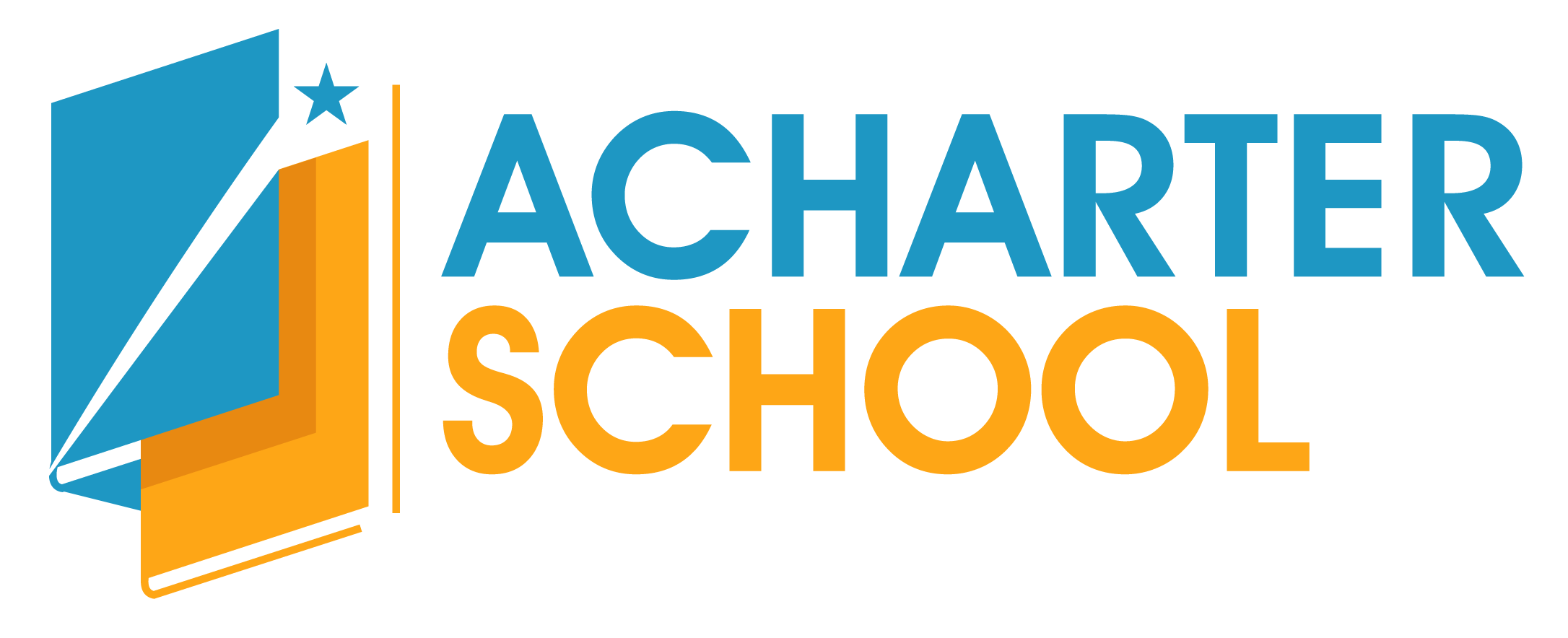Nowadays, parents can choose from a wide selection of schools that will help mold their children. However, which among these different options are suitable to your little one’s unique needs? Read along to learn more about Waldorf, Montessori and Charter Schools to guide you in choosing the right school for your child.
Waldorf School
In 1919, the very first Waldorf School was built in Stuttgart, Germany. In fact, the philosophy of Waldorf education has a massive impact throughout Europe. It has also influenced a number of public schools in this part of the world. Currently, there are more than 1000 Waldorf schools worldwide, and these are found in about 60 countries. Some charter schools, home schools and academy also follow the theory of learning and teaching applied in Waldorf Education.
Waldorf schools are based on the philosophy introduced by Rudolf Steiner, which focus on how imagination affects learning, as well as the importance of developing the artistic, practical and intellectual aspects of every student. According to Steiner, there are three stages in a child’s development, and appropriate teaching approach must be provided to ensure the proper unfolding of every learner. These stages include early childhood, elementary and secondary education. In whichever stage a child may be in, the concept is to develop him or her into a morally responsible, well-rounded and independent individual who is socially adjusted.
Waldorf School’s philosophical foundation is anthroposophy, and it determines the primary goal of education to allow the spiritual identity of the child to unfold naturally. Moreover, these schools do not follow a particular prescribed curriculum. Instead, the Waldorf curriculum is based on what content is most suitable and motivating for learners at varied ages.
There are academic subjects or lesson blocks that are taught for several weeks, and there are various activities infused and integrated into these. Over the course of their education, these subjects are revisited every school year and with greater complexity to match their intellectual development. Waldorf education refers to this as spiral curriculum.
Montessori School
Maria Montessori introduced Montessori education as an approach to teaching. She was an Italian educator and physician, and she developed an educational approach as a result of her research on how children learn and develop socially, physically and psychologically. While there are now different schools all over the world that label themselves as a Montessori, the main elements that must be present to maintain their authenticity include having a mixed age classroom, discovery model of teaching and learning and at least 3 hours of uninterrupted “work time” or learning blocks.
It is also worth noting that there is a great deal of movement in a typical Montessori school. Children learn concepts and skills by the discovery approach instead of a direct mode of instruction. There are numerous learning materials and equipment found in a classroom, and students use these to acquire an understanding of key concepts. Educational materials used are developed and recommended by Montessori, along with her collaborators.
The core of Montessori education is the application of an educational approach to promote human development. Thus, children are given the right to move and choose freely in a type of environment prepared specifically for them, based on their developmental stage. In this prepared environment, the different elements are in accordance to certain traits of children at a given age. The said environment enables the learner to become independent in various aspects, whether it is mentally, physically, socially and psychologically.
Other features of the learning environment include nature, cleanliness and harmony and an arrangement that encourages activity and freedom of movement.
Lastly, Montessori schools recognize the four periods in human development, which guide teachers on how to best help children develop their skills and intellect. These stages include from 0 to 6 years, 6 to 12, 12 to 18 and 18 to 24 years of age. Learning modes and traits of a person at each stage must be taken into account to provide a more effective approach to education.
Charter Schools
Charters was believed to have begun in the 1970s, during the period when Ray Budde, an educator from New England, came up with an idea that teachers should be provided charters or contracts by the local school boards and explore new learning approaches for students. Since then, charter schools have been credited for the establishment of other reform ideas in the field of education including magnet schools, alternative schools and privatization.
A charter school is a type of public school that operates under a contract that the school has with an authorizing agency. This allows the school to follow certain educational objectives and curriculum. The local authority also determines the funding, hiring of staff, and admission of students in the school. Since charter schools are usually not a part of the current district of the state, guardians and parents may choose to send their children to these institutions.
Most charter schools are not allowed to charge tuition since they receive public funding. As for the admission of new students, the decision is based on lottery in case there are not enough spaces available for a particular academic year.
Although, there is autonomy in charter schools, these institutions are subject to performance review done periodically by authorities. If the educational objectives and performance standards are not met, the school may close down. Mismanagement that leads to poor student performance is also one of the basic of shutting the school down because of the strict standards to be fulfilled. However, most charter schools are managed properly, and these do not have any possibilities of closure.
